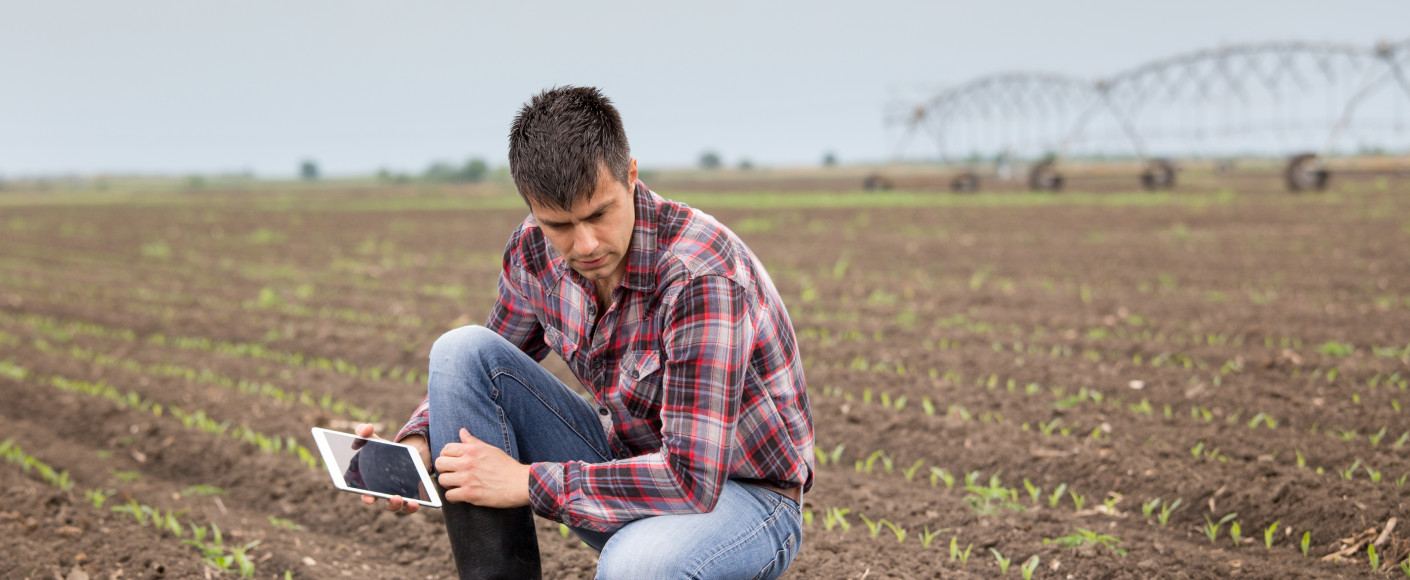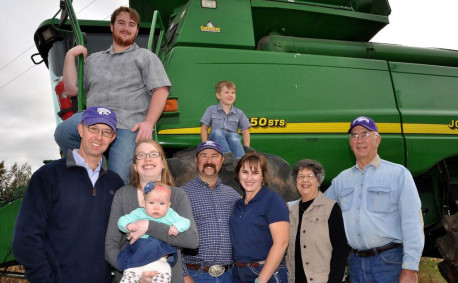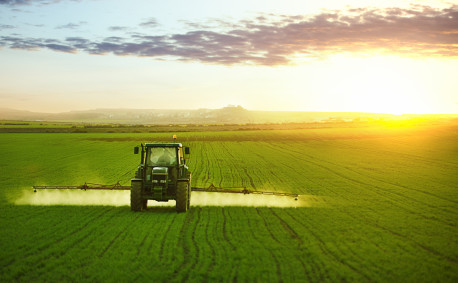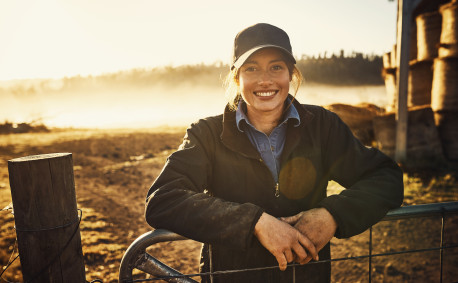How Farmers Prepare for Planting Season
If you’ve ever left the grocery store or farmers market without a second thought as to how the things you bought got there, you aren’t alone! It’s easy to forget how much work goes into producing food when it’s always at our fingertips.
But the truth is, hardworking farmers across Kansas — and around the world — put years of effort into making sure we have what we need to feed our families. And one of the most important steps in that process is planting season! Of course, there wouldn’t be any food to harvest if nothing was planted in the first place. So how do farmers prepare for planting season? What kinds of decisions do they need to make? We’re glad you asked.
Soil and Placement
As with many of life’s endeavors, farmers need to make sure they have a healthy foundation before their seeds can grow. Farmers get their soil analyzed for nutrients and other factors to assess what will or will not grow well. These tests influence which seeds might be planted in certain spots and let the farmer know if any adjustments need to be made with fertilizer or other inputs before planting begins. It’s also common for farmers to rotate crops throughout the years, meaning different kinds of seeds are planted in the same location on a cycle to keep the soil as happy as possible. If this is the case, farmers will need to check which crop’s turn it is in the rotation.
Fertilizer and Strategy
Depending on which crops are being planted, farmers need to form a strategy to keep them thriving during their time in the ground. Part of this strategy is figuring out how best to fertilize the seeds. Fertilizer can be added to the soil before planting begins, sprinkled on top of the seeds once they’ve been planted, applied as a liquid or a solid once the plant has sprouted or in many other ways. Farmers create their strategy based on soil health and the kind of crop they’re growing.
Yield and Goals
Once soil tests have been completed and farmers have a realistic expectation of how well their crops might perform, it’s time to set some goals. Thinking about how much of a certain crop they’d like to grow during a specific time period will allow them to assess yields after harvest, manage expectations for future years and make improvements when possible.
Weather and Timing
While there is a set window of time to plant each kind of seed, farmers need to use their best judgment to choose the exact day they begin planting. And the stakes are high! Planting too early can hurt the crop’s growth and increase the amount of time weeds have to attack the sprouts. Planting too late could mean the seeds don’t have time to grow to their full potential before ideal harvest time rolls around. Factors like predicted rainfall, current temperatures, advice from their peers and experts and successes or failures from years past are just a few variables farmers might use to make this crucial call.
Equipment and Technology
Plows, planters and other kinds of equipment are key instruments during planting. With the help of machines, farmers can put more seeds in the ground in the most organized way possible. To make sure this step goes off without a hitch, farmers double and triple check to ensure all their equipment is ready to roll. Nobody needs a last-minute hiccup that will cause a delay — especially given how time sensitive the planting process is.
Farmers have plenty of important decisions to make while preparing for planting season — and we’ve only scratched the surface! Considering how much work is put into growing our food, we hope you’re able to take a moment to appreciate your produce, grains and legumes the next time you take a trip to the store.





